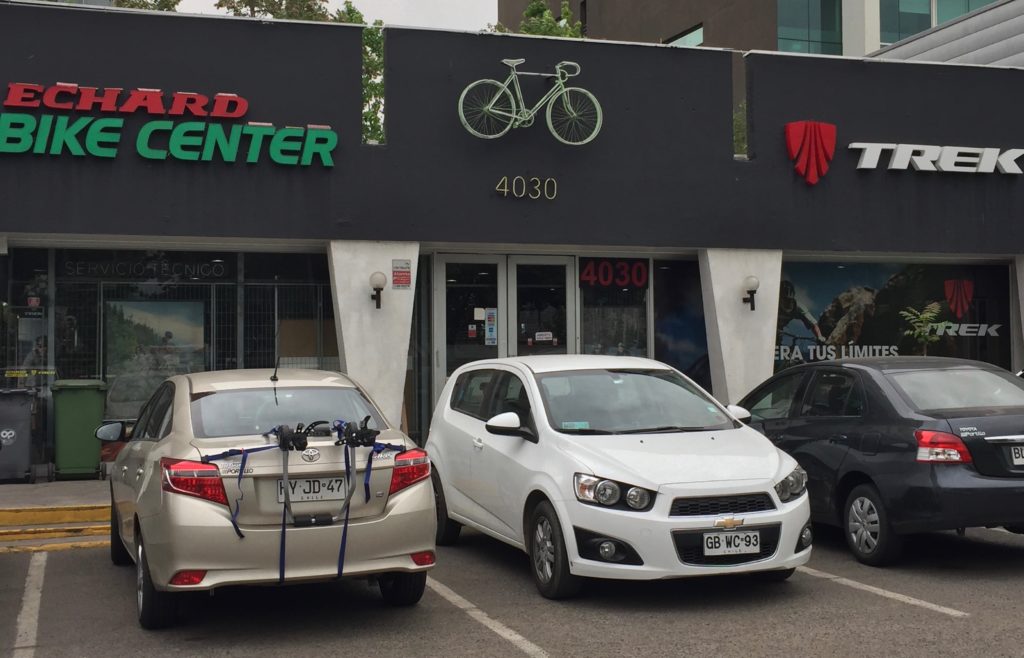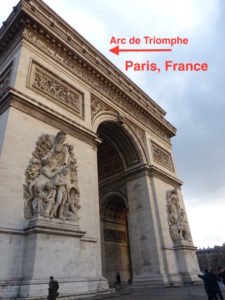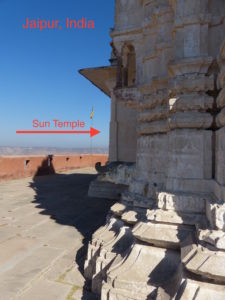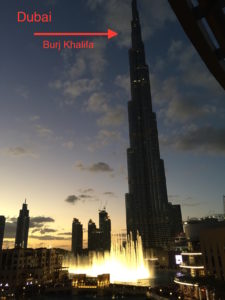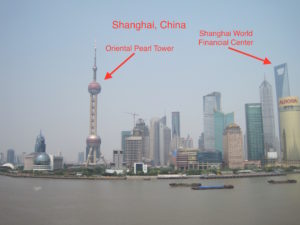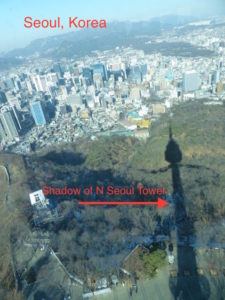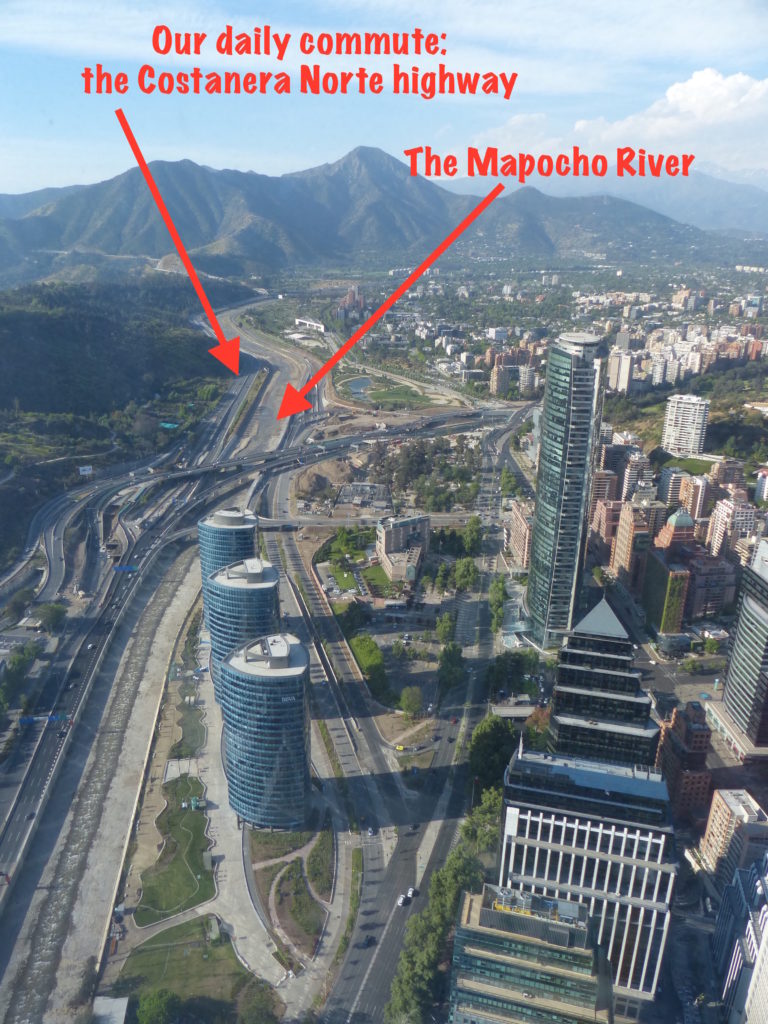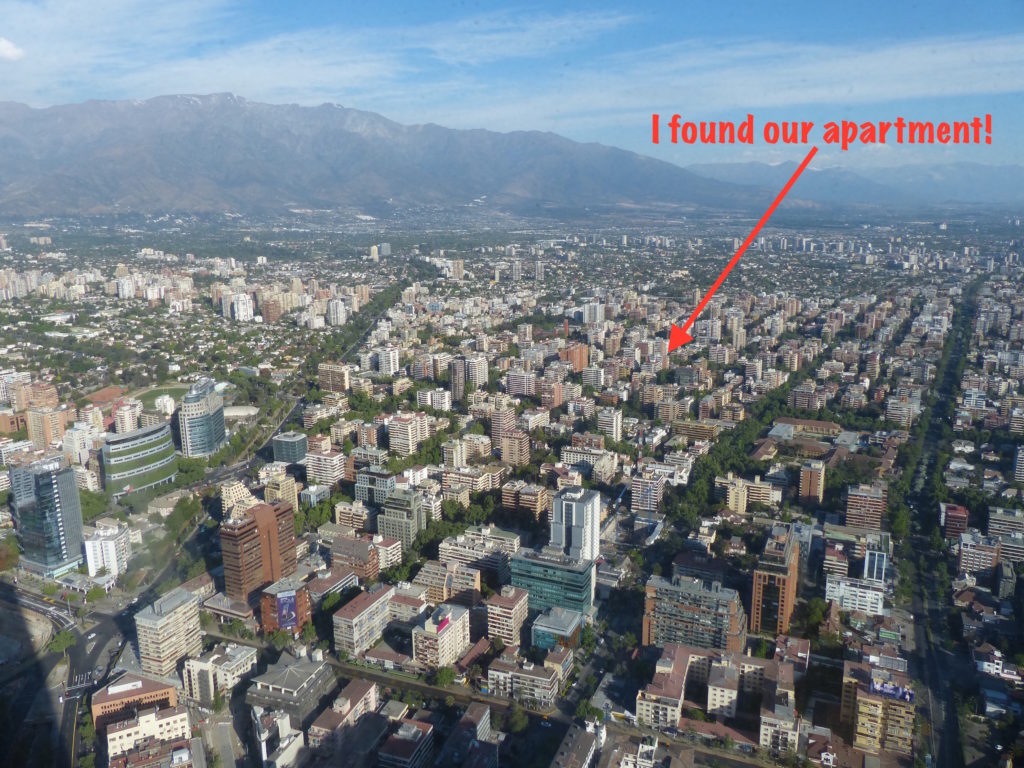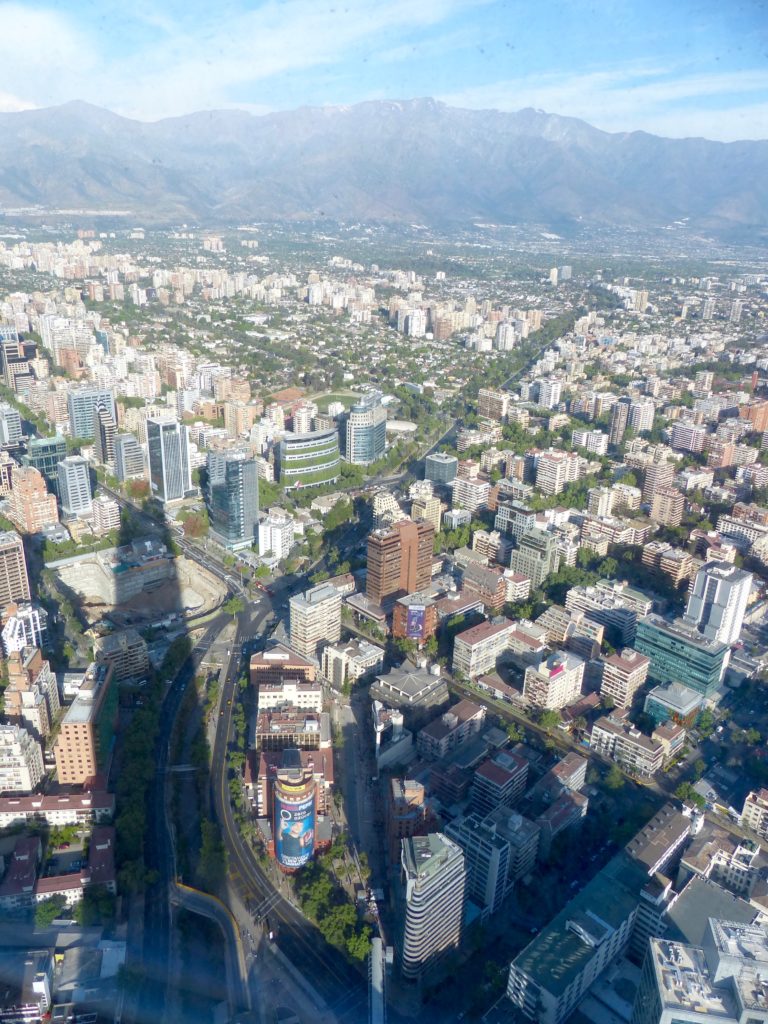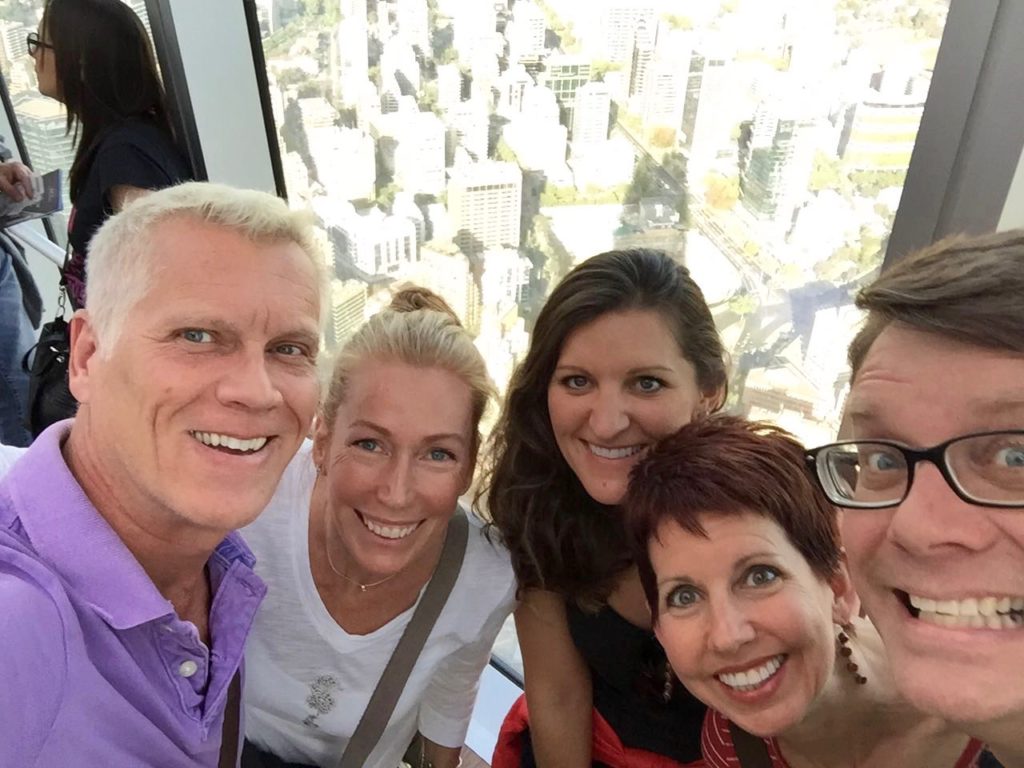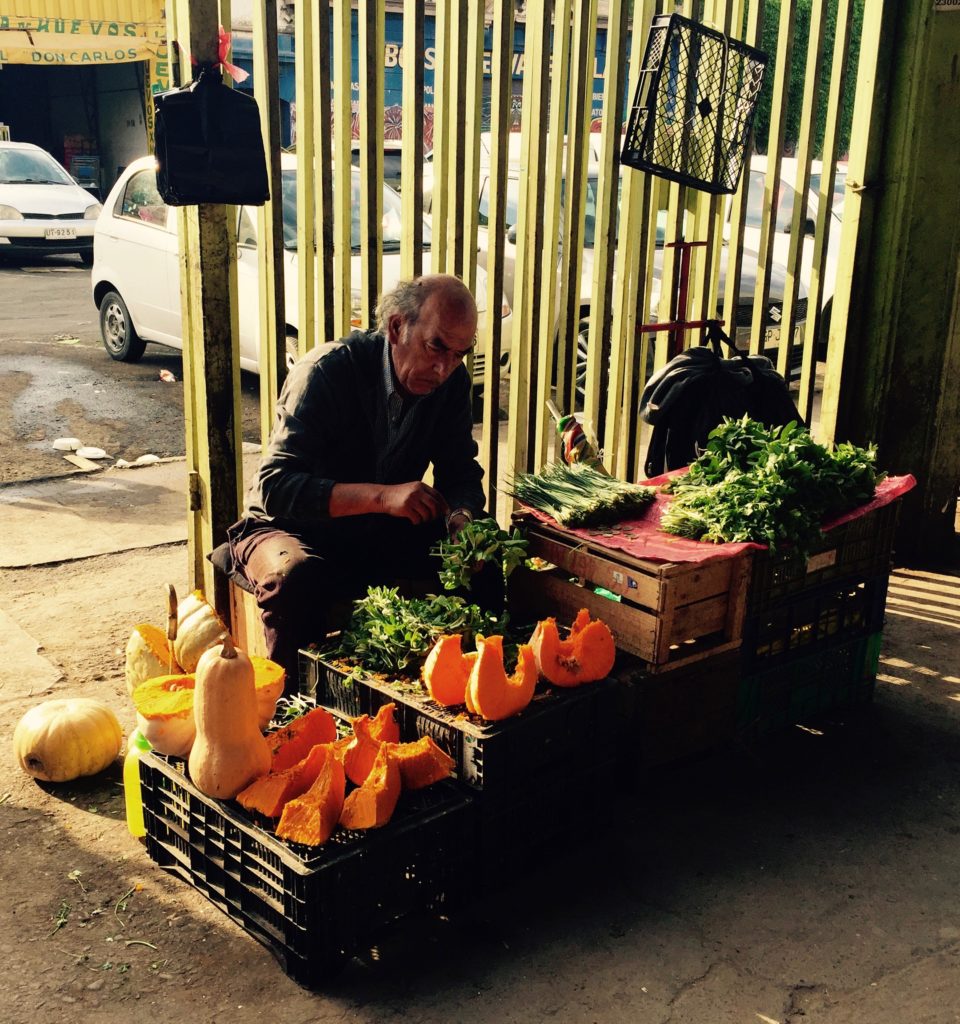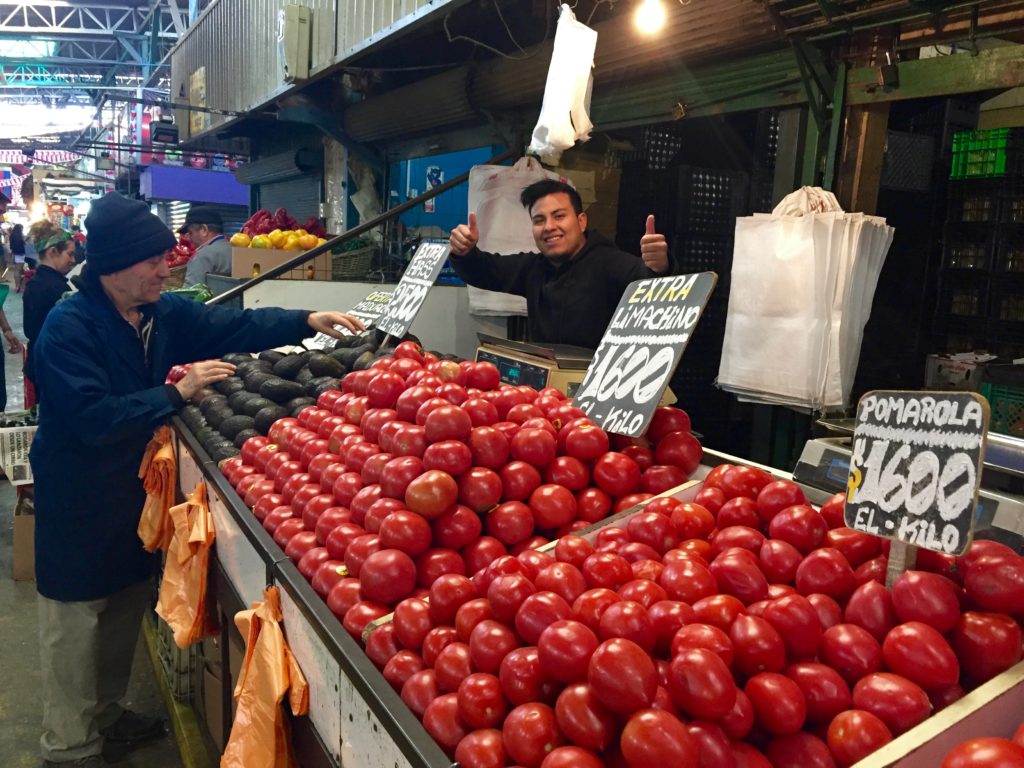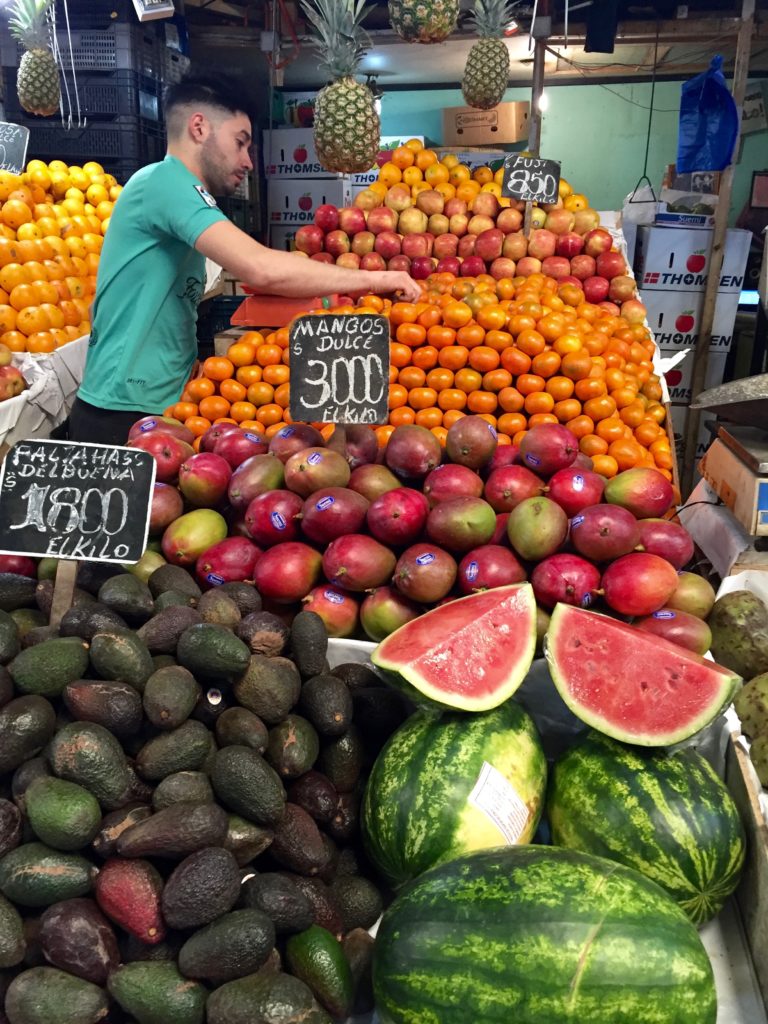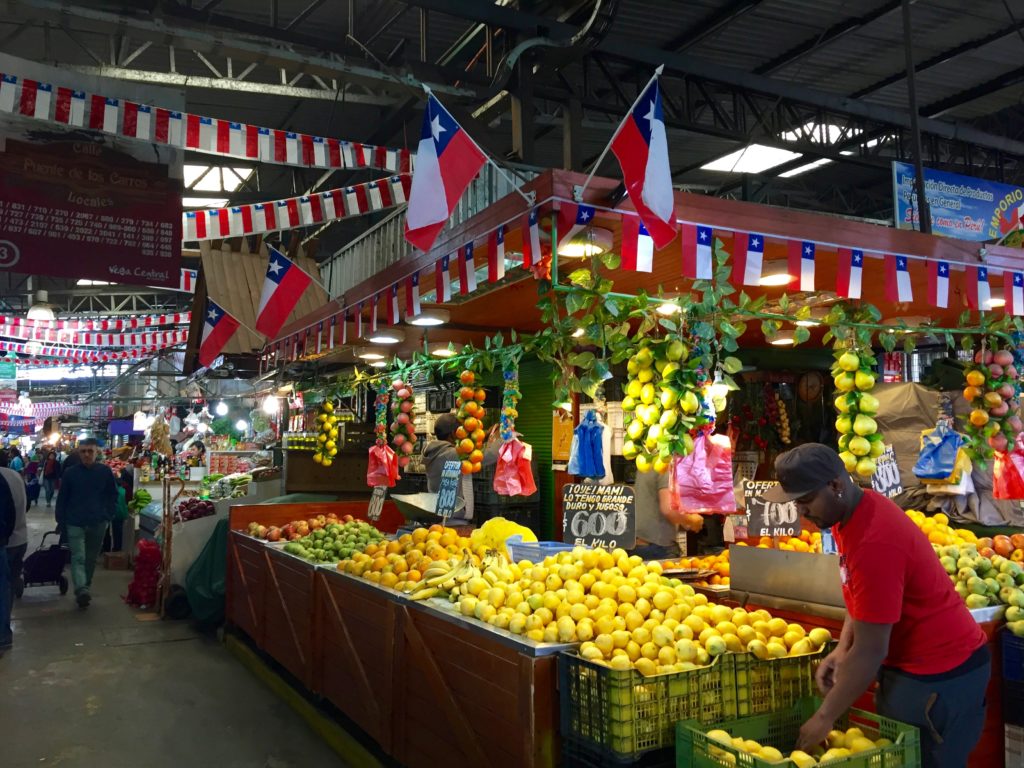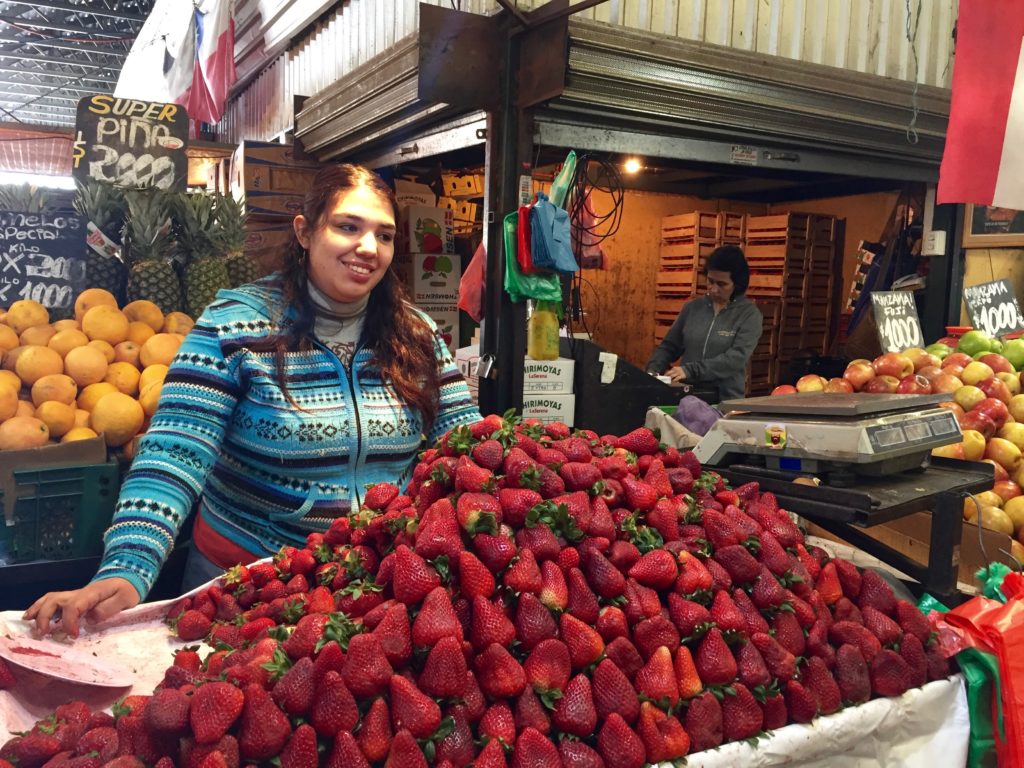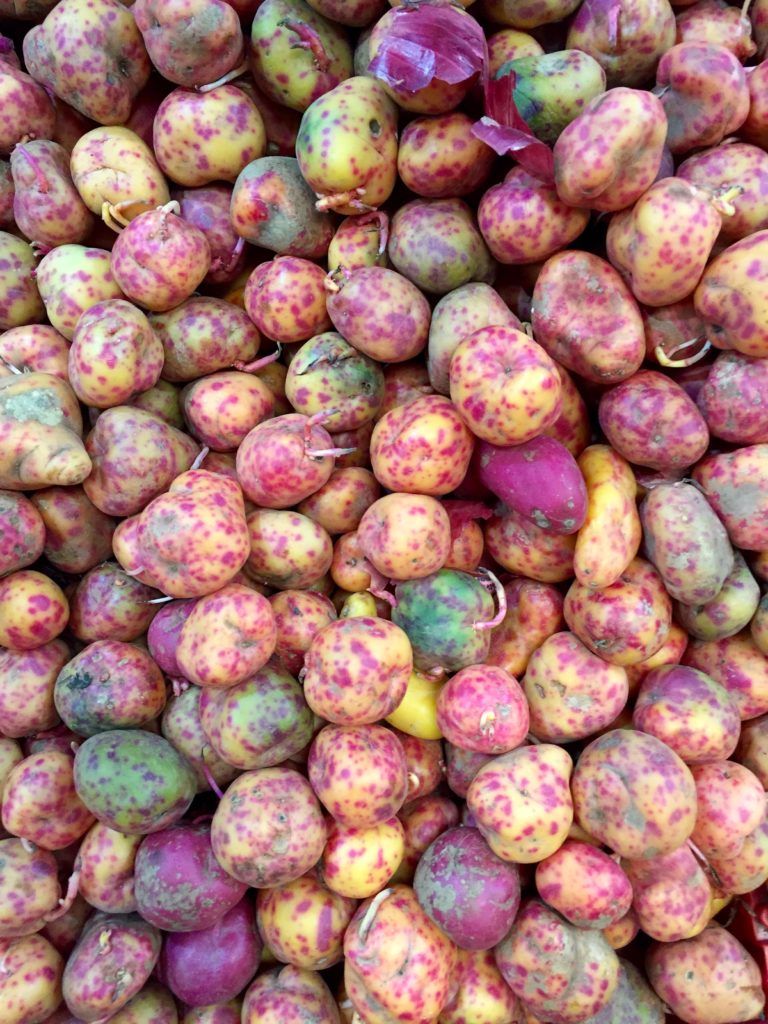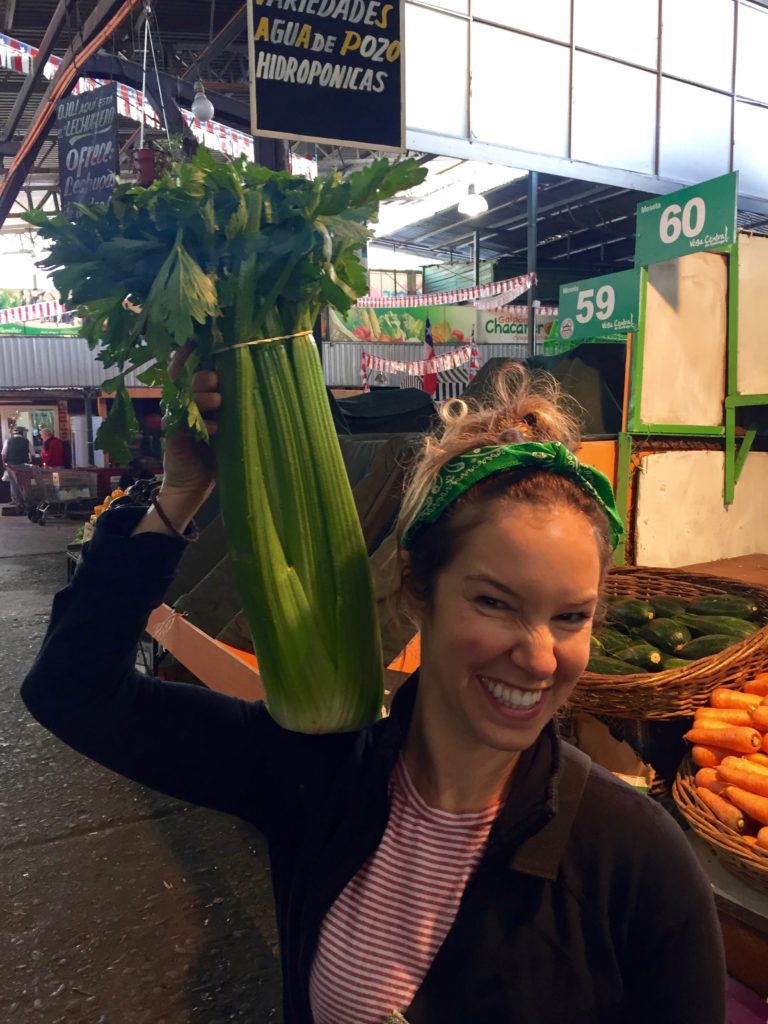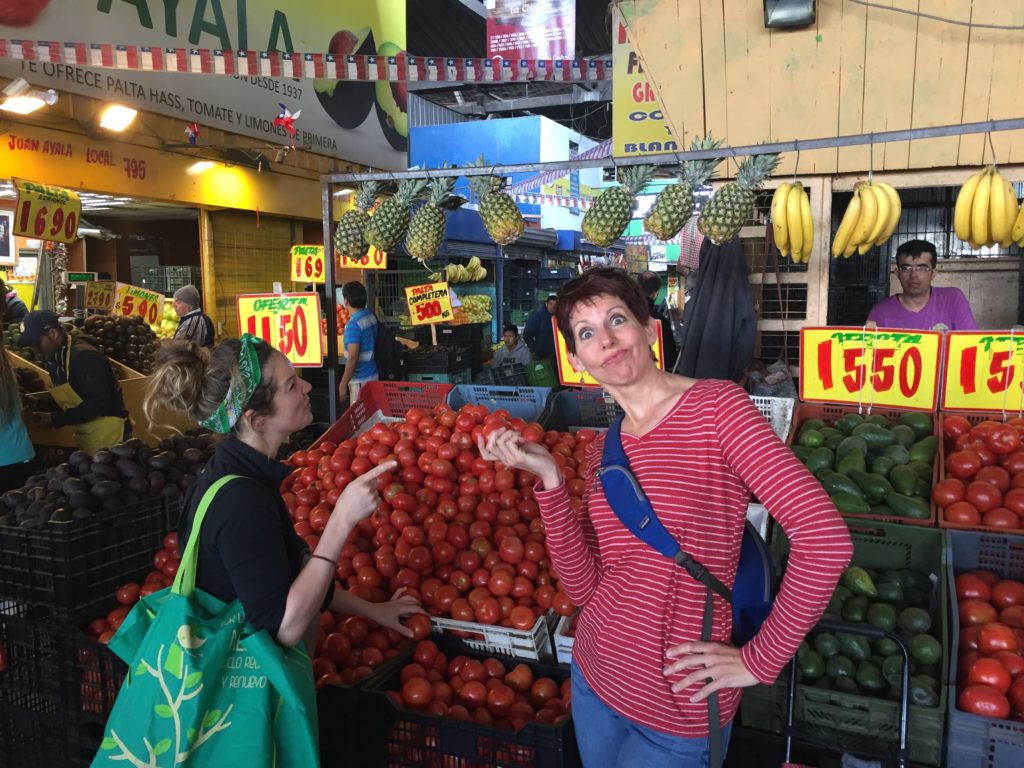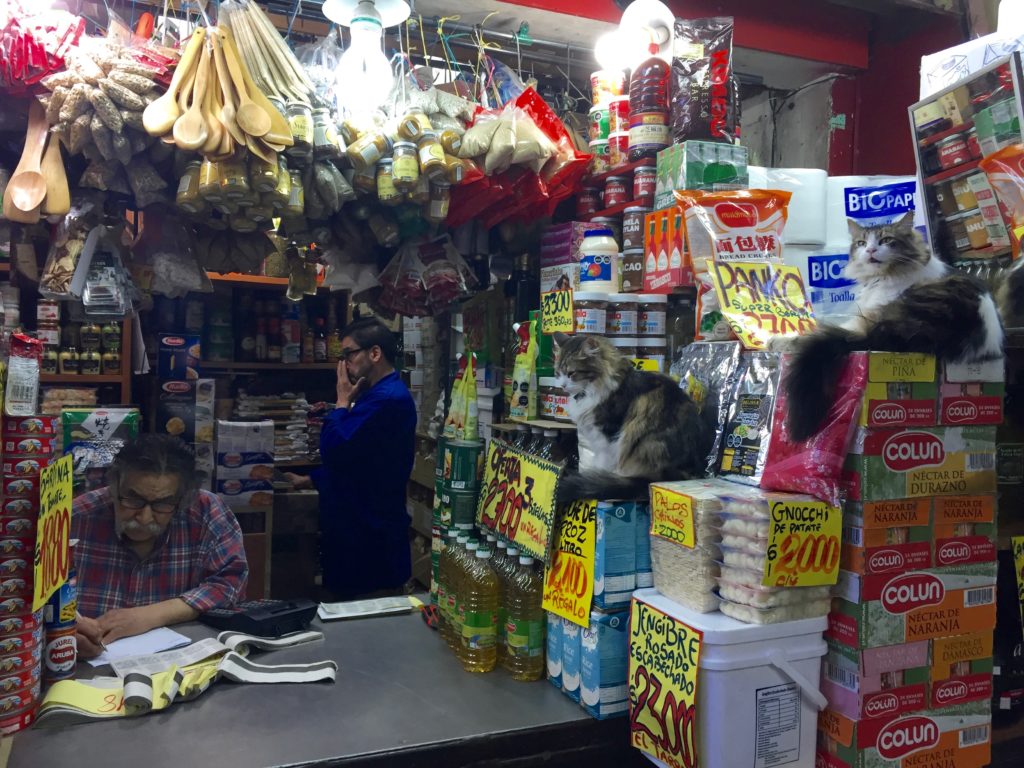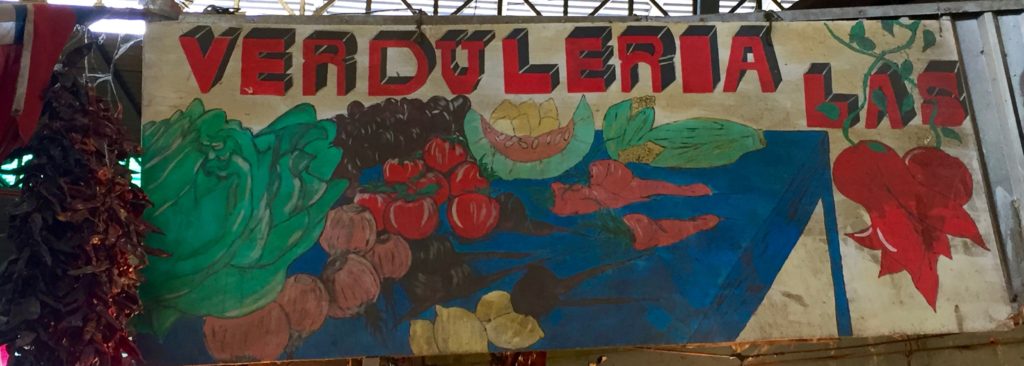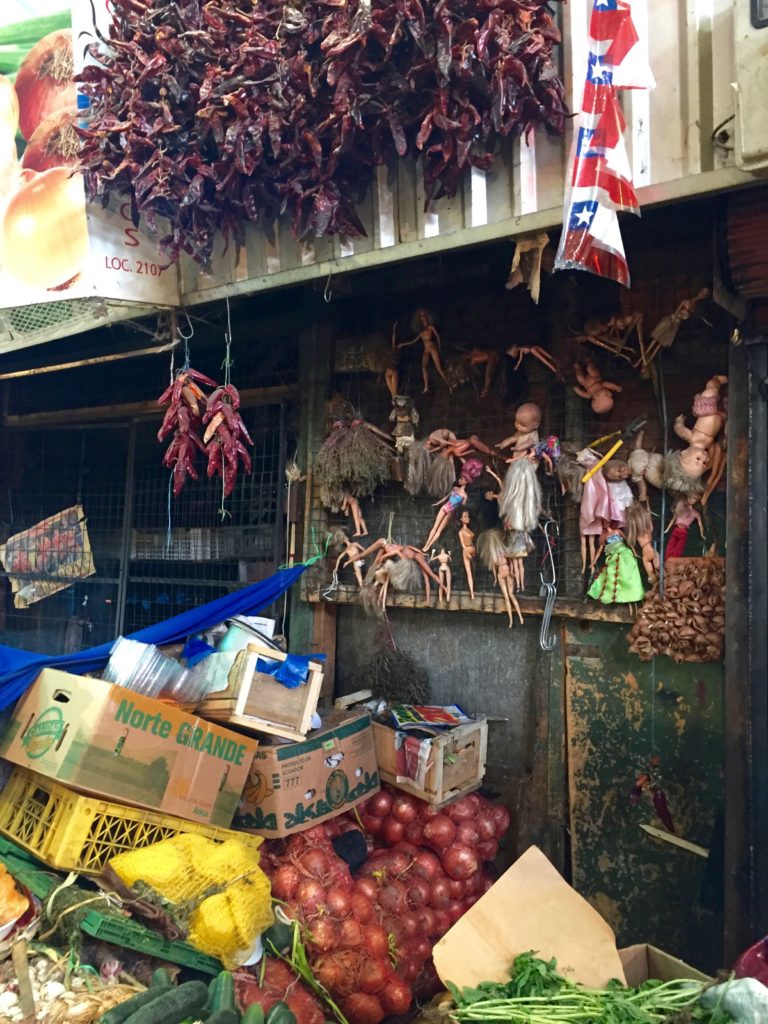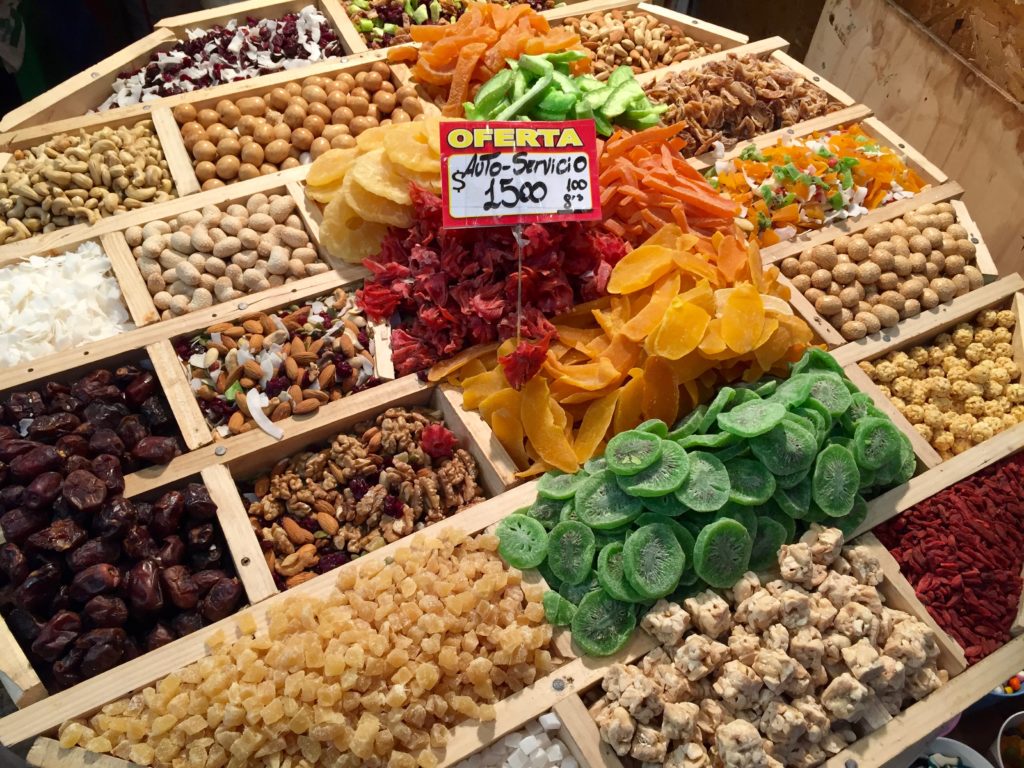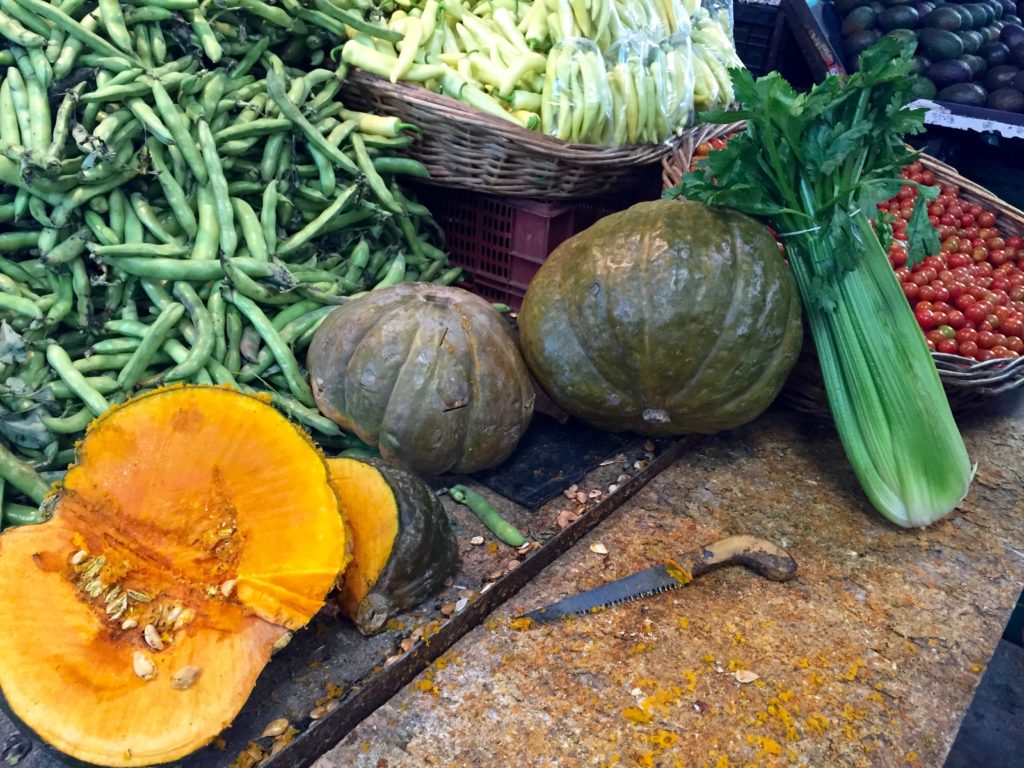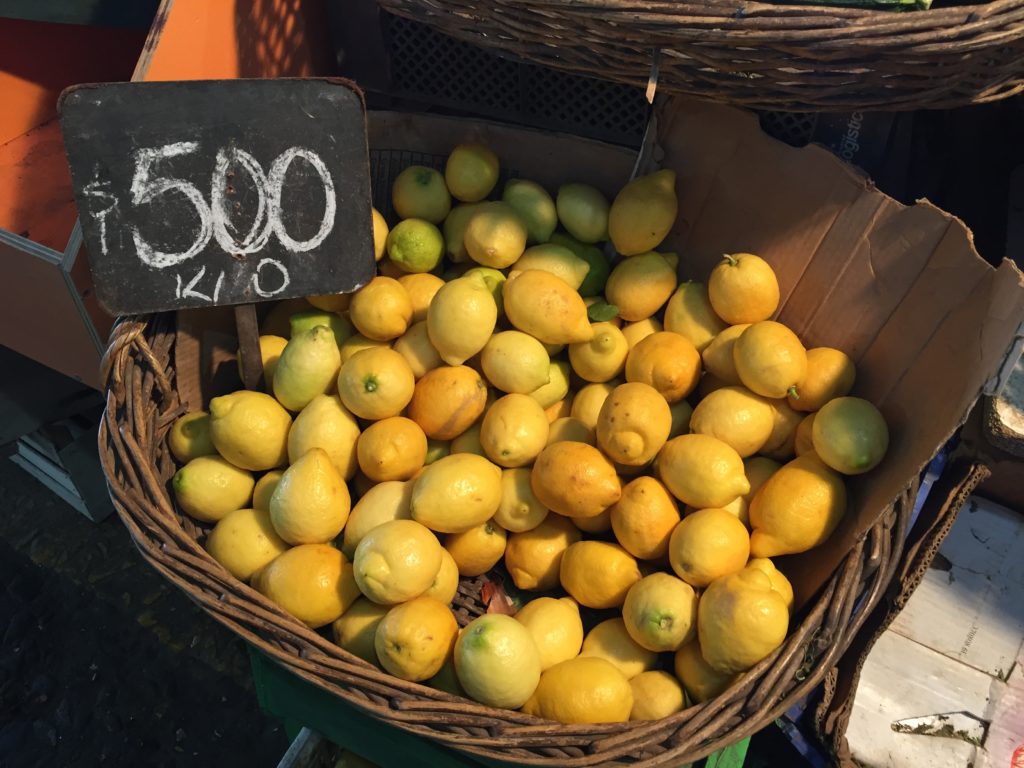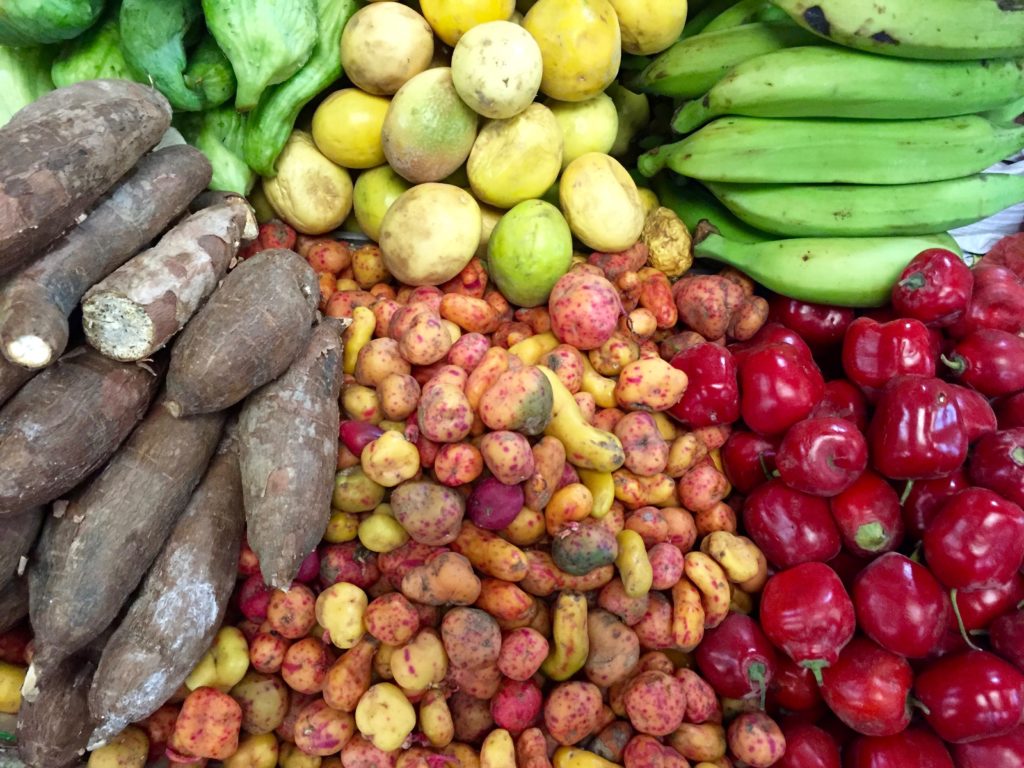After five years in New Delhi, this girl is ready to get back on a bike and enjoy some nature.
Here in Santiago, we live just a couple blocks from urban bike trails that stretch across the city, connecting riverside parks in 11 neighborhoods. On Sunday mornings, about 40 kilometers of roads are blocked off to cars and opened to cyclists.
A July 2016 article in The Guardian traces “Santiago’s two-wheeled revolution.” It’s full of interesting anecdotes about grassroots efforts to promote a cycling culture that breaks down social barriers. This little blurb confirmed my belief that I was going to love biking here:
Geographically and climatically, Santiago is kind to those on bikes. The city is backed by some of the highest mountains in the world but is surprisingly and mercifully flat, rising from an altitude of 475 metres in the west to around 700 metres in well-heeled Las Condes and Vitacura. Only in the eastern extremes, where the city extends its tentacles into the foothills of the Andes, does the going get tough. It is a dry city too, with around 280mm of rainfall a year – less than half of London’s total. For a third of the year between November and February it hardly rains a drop.
Check out this screenshot of the Mapocho42K project, a bike path along the Mapocho River. Can’t you feel the wind in your hair?

After a couple months of chilly weather, Santiago is emerging from winter. It’s time to get back in the saddle.
Life is simply too busy (and traffic is too daunting) for weekday excursions, so we had planned to shop for bikes last weekend. Then Tony got sick and spent the whole day Saturday in bed. Sunday, most bike shops were closed. So we were determined to get it done today! We had heard about “bike street,” a strip of bike shops in central Santiago (and we even saw the shuttered stores when we went to the 2Cellos concert last week). The plan for today was to visit “bike street,” although Tony and I both felt nervous about the language barrier. A quick google search revealed a Trek bike shop just a couple miles away. We decided to check it out first.
With our bike rack in the trunk, we drove to Echard Bike Center and found everything we needed. The family-owned shop featured friendly knowledgable staff, including Jean Claude, who had raced mountain bikes in California years ago and spoke beautiful English. Tony and I both found bikes we loved, and we pimped them out with computers, water bottle racks, kickstands and Kryptonite U-locks. We had brought bike lights and helmets from the States.
A worker rolls out Tony’s sweet blue ride.
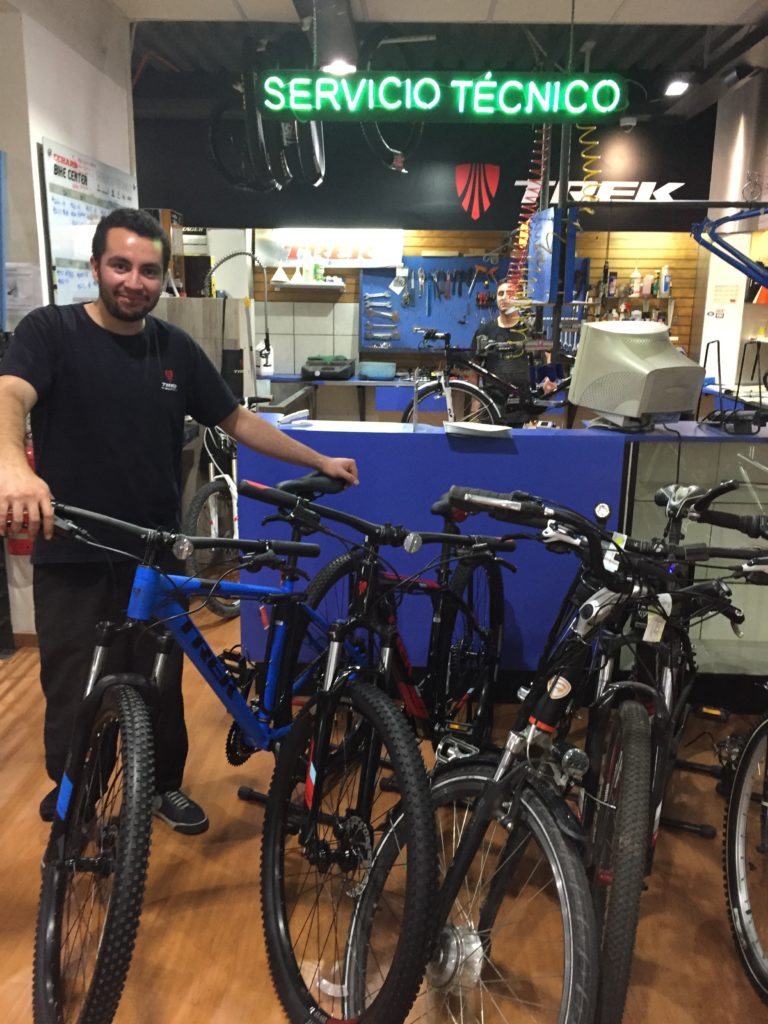
Good thing Tony was kitted out and ready to go! (Just kidding … it’s only a mannequin. But don’t you think Tony needs tattoo sleeves?)
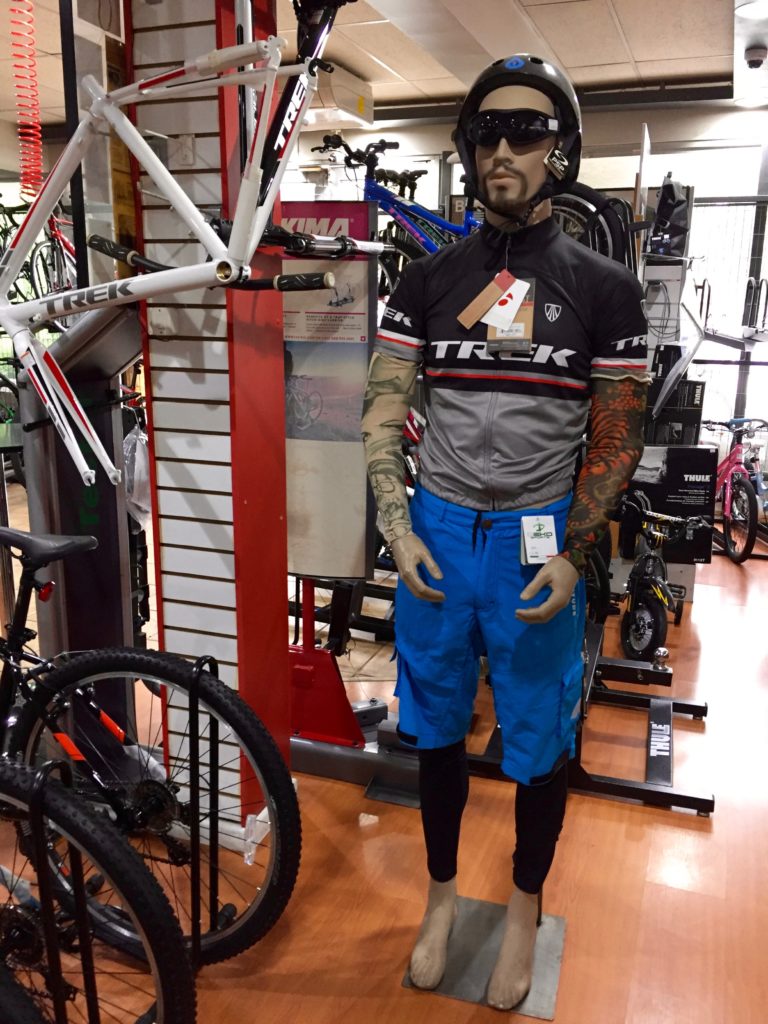
The guys let me pose like I know how to fix a bike. I do not.
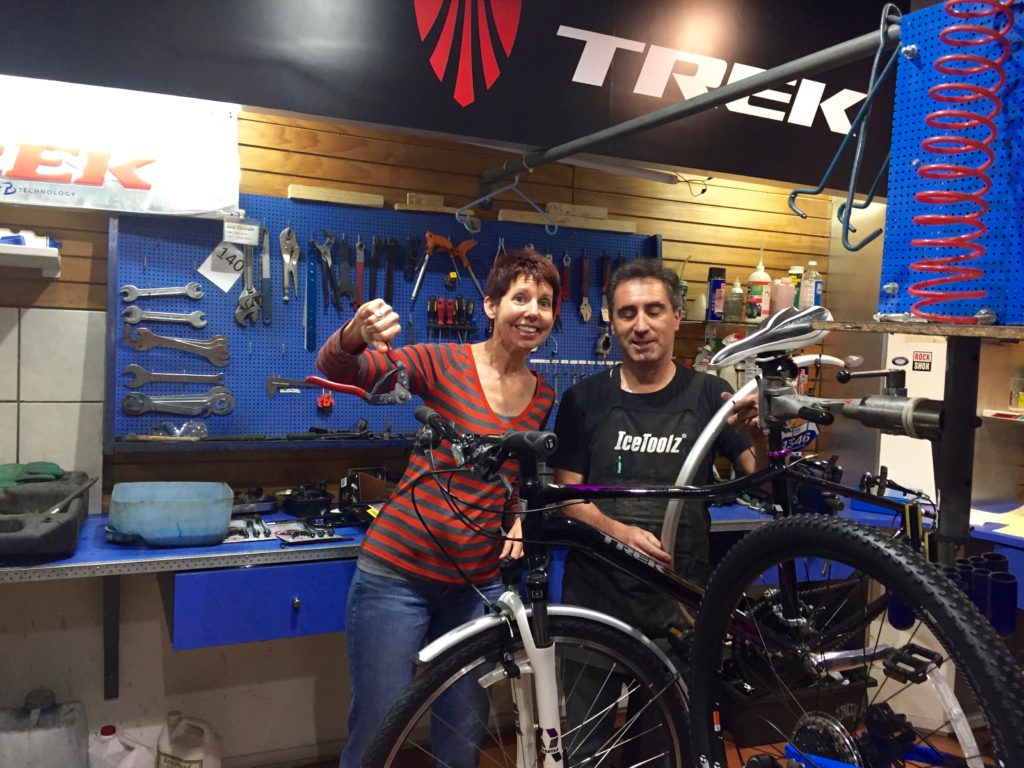
Por qué Trek? Because it’s awesome!
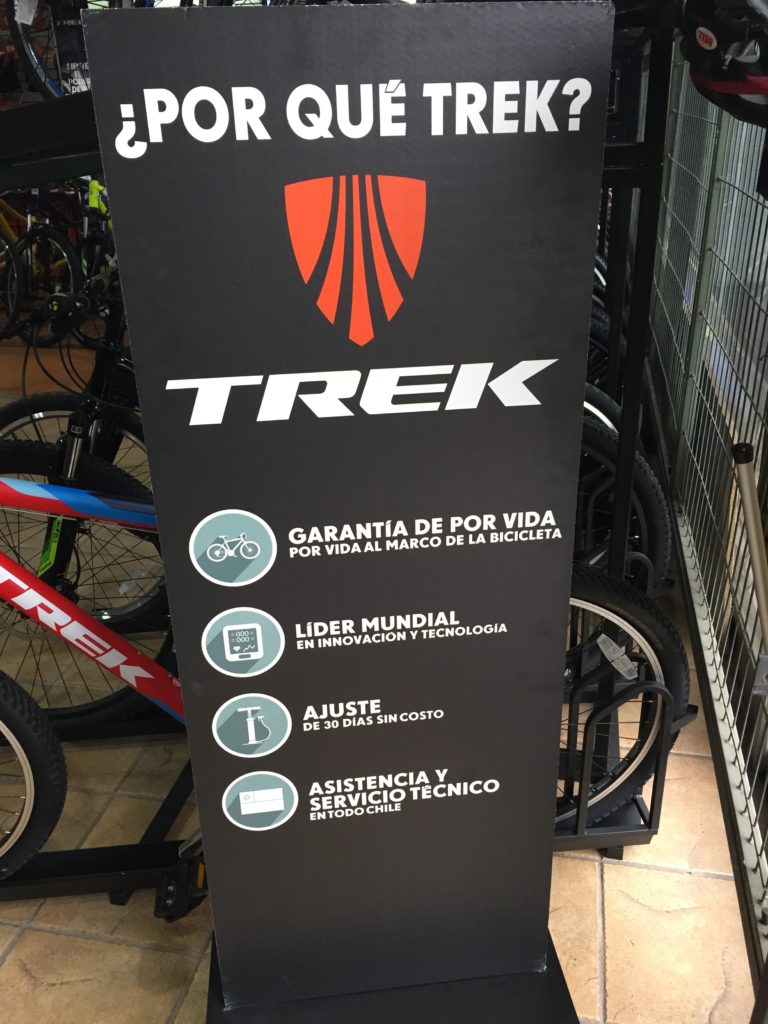
Drumroll, please… Ta da! You can’t really tell from this photo, but parts of the frame are dark purple with sparkles. I love her.
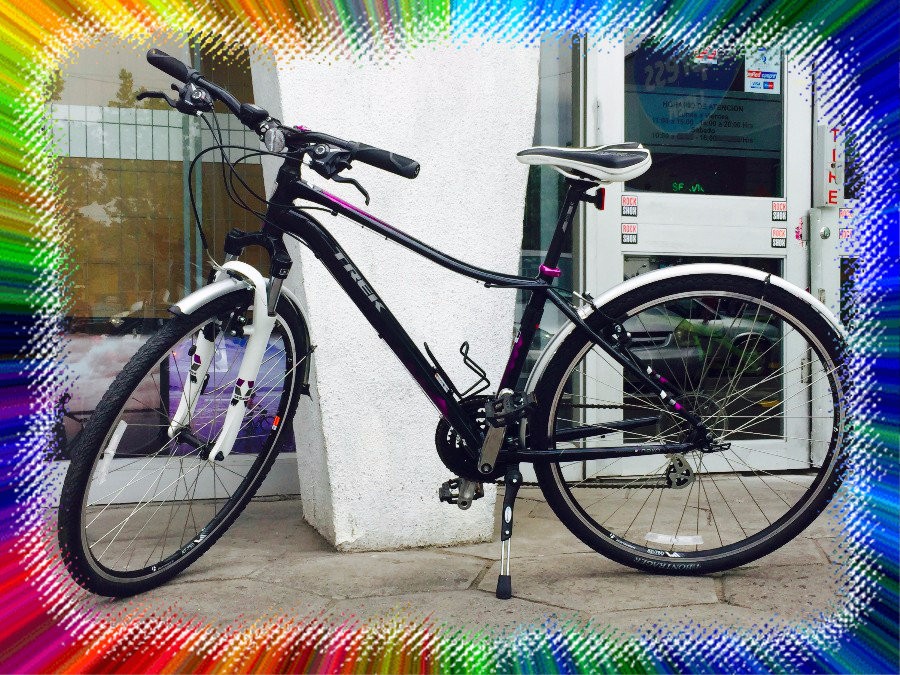
Unfortunately, it started to rain about the time we got home with our bikes, but as soon as the skies clear, you know where we’ll be!

